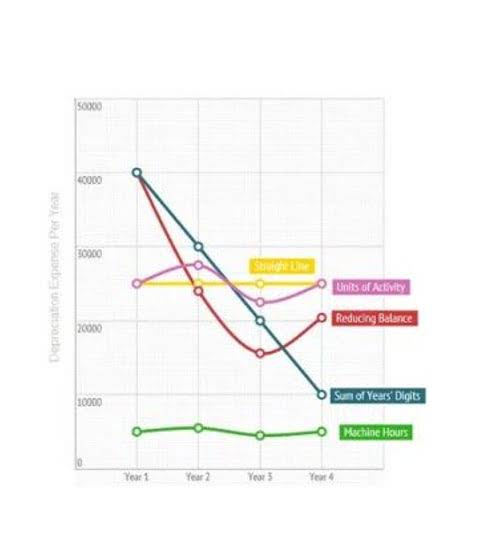Long-Term Liabilities: Definition, Examples, and Uses

A company may choose to finance its operations with long-term debt if it believes that it will be able to generate enough cash flow to make the required payments. However, this type of financing is often more expensive than other forms of debt, such as short-term loans. There are a variety of accounts within each of the three segments, along with documentation of their respective values. The most important lines recorded on the balance sheet include cash, current assets, long-term assets, current liabilities, debt, long-term liabilities, and shareholders’ equity. Deferred tax liabilities are taxes that a company will have to pay in the future due to timing differences between tax and accounting rules. To calculate deferred tax liabilities, companies forecast future taxable income and apply applicable tax percentages.

Long-Term Debt
If the obligations accumulate into an overly large amount, companies risk potentially being unable to pay the obligations. This is especially the case if the future obligations are due within a short time span of one another. This could create a liquidity crisis where there’s not enough which of the following are long-term liabilities? cash to pay all maturing obligations simultaneously. This financing structure allows a quick infusion of large amounts of cash. For many businesses, this debt structure allows for financial leverage to achieve their operating goals.
Notes payable
Note that the interest expense recorded on the income statement would be $71 ($80 – 9). When sinking fund bonds are issued, the corporation is required to deposit funds at regular intervals with a trustee. This feature ensures the availability of adequate cash for the redemption of the bonds at maturity. The fund is called “sinking” because the transferred assets are tied up or “sunk,” and cannot be used for any purpose other than the redemption of the bonds.
Bonds Issued in Between Interest Payments
Long-term liabilities are listed after more current liabilities, in a section that may include debentures, loans, deferred tax liabilities, and pension obligations. Companies with large loans or bonds are at the mercy of changes to the interest rates. When the rates climb, additional costs may stress the company’s cash flow, undermining its ability to repay its obligations. This risk is heightened particularly if a company has floating rate debt where the interest payments adjust with market rates. Details of the loan would be disclosed in a note to the financial statements.

Scenario 3: The Bond Contract Interest Rate is 12% and the Market Interest Rate Is 16%

The debt ratio compares a company’s total debt to total assets, to provide a general idea of how leveraged it is. The https://www.facebook.com/BooksTimeInc/ lower the percentage, the less leverage a company is using and the stronger its equity position. The higher the ratio, the more financial risk a company is taking on. Other variants are the long-term debt-to-total assets ratio and the long-term debt-to-capitalization ratio, which divides noncurrent liabilities by the amount of capital available. Long-Term Liabilities refer to those liabilities or the company’s financial obligations, which is payable by the company after the next year. Examples include the long-term portion of the bonds payable, deferred revenue, long-term loans, long-term portion of the bonds payable, deferred revenue, long-term loans, deposits, tax liabilities, etc.

- These obligations are typically funded over the long term.Long-term liabilities play a significant role in a company’s capital structure and financial planning.
- AT&T clearly defines its bank debt that’s maturing in less than one year under current liabilities.
- Ask a question about your financial situation providing as much detail as possible.
- Owing to the difference between accounting rules and tax laws, the pre-tax earnings on a company’s income statement may be greater than the taxable income on its tax return.
- This increase provides an example of compound interest — interest earned on interest.
- The total amount of authorized bonds is usually a fraction of the pledged assets, such as 50%.
The business must have enough cash flows to pay for these current debts as they become due. Non-current liabilities, on the other hand, don’t https://www.bookstime.com/articles/what-are-t-accounts have to be paid off immediately. These are debt instruments that require periodic interest payments. In addition, you owe principal repayments over the life of the bond. To maintain continuity, financial statements are prepared in compliance with generally accepted accounting principles (GAAP).

A corporation’s own stock that has been repurchased from stockholders. Also a stockholders’ equity account that usually reports the cost of the stock that has been repurchased. A class of corporation stock that provides for preferential treatment over the holders of common stock in the case of liquidation and dividends.
These obligations provide crucial insight into the firm’s creditworthiness, its ability to meet future obligations, and inform decisions on whether to invest, merge, or acquire. Refinancing is another effective strategy for managing long term liabilities. When the interest rates in the market are low, businesses may choose to refinance their long-term debt.



